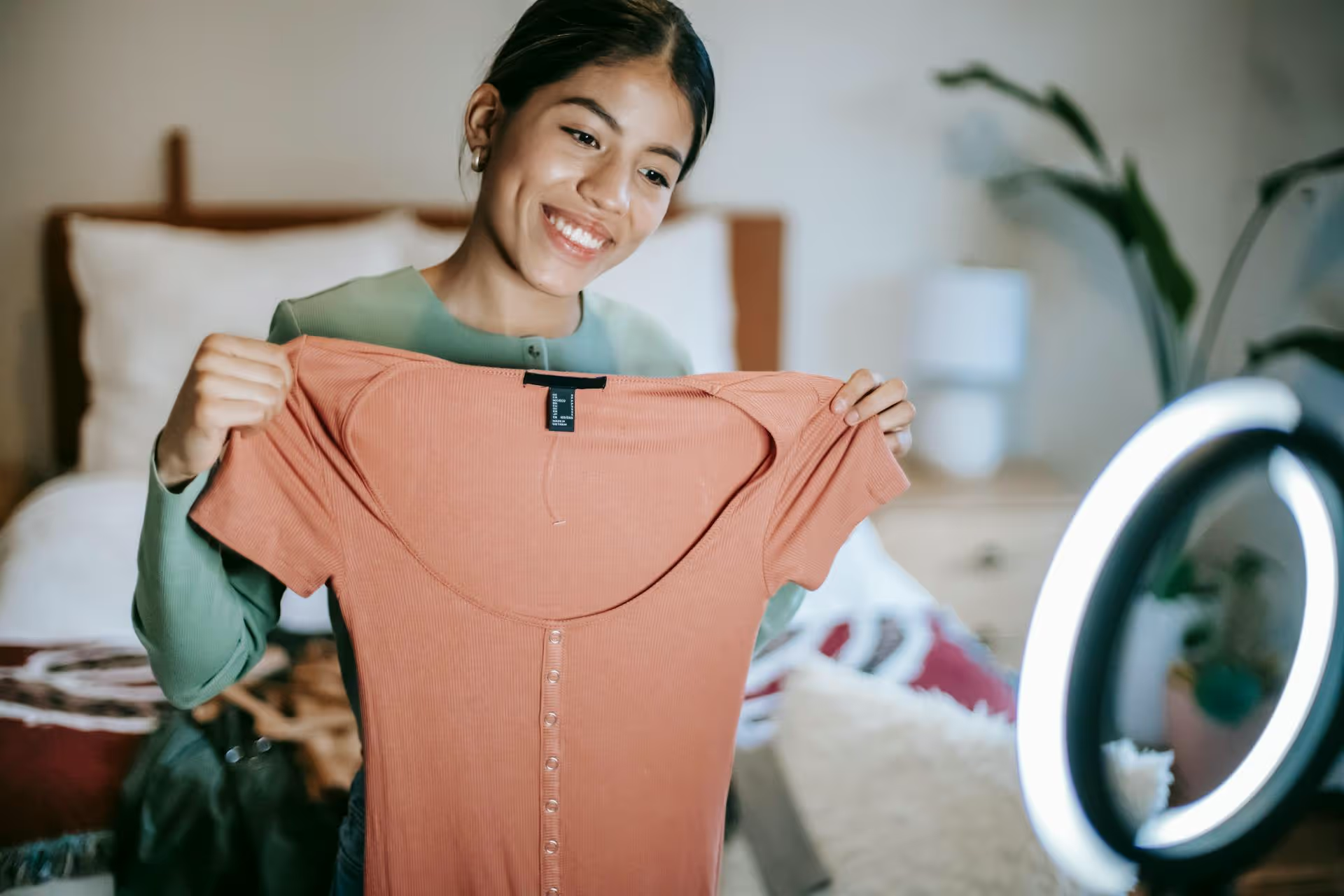How to Add Social Media Icons to an Email Signature
Enhance your email signature by adding social media icons. Discover step-by-step instructions to turn every email into a powerful marketing tool.

Going live on TikTok is one of the quickest ways for a DJ to connect with a global fanbase, test new tracks, and build a real community right from their bedroom or studio. This guide breaks down everything you need to know, from the essential gear and software for a clean, professional stream to the tactics that will keep viewers locked in and coming back for more.
Before getting into the technical setup, let's talk about why you should even bother. Unlike pre-recorded mixes, a live stream creates an immediate, unfiltered connection. The benefits are massive:
Nothing kills a DJ stream faster than bad audio. Viewers will forgive a slightly blurry camera, but they will not tolerate distorted, fuzzy, or low-quality sound. Let's get your setup sounding crystal clear.
Every setup starts with the basics you likely already have:
This is the most critical technical step, and it's where most new streamers get stuck. You cannot just use your phone's built-in microphone, it will sound terrible. You need to get a direct line-out from your controller or mixer into your phone. Here are the two best ways to do it.
This is the most budget-friendly way to get started. It gets the job done, but it has some limitations, like converting your stereo audio into mono.
For pristine stereo sound and better control over your levels, investing in a small audio interface is the ultimate move. This is the setup most professional DJs use for their mobile streams.
With your audio sorted, it's time to think about what your audience will see. A visually appealing stream makes people stick around longer.
You don't need a Hollywood film crew, but a little effort goes a long way. Use your phone's back camera, as it's almost always higher quality than the selfie camera. Mount your phone on a sturdy tripod or stand to avoid shaky footage. A simple desk clamp or a full-sized tripod will work.
Lighting is just as important as audio. A dark, grainy stream looks unprofessional. Invest in a simple ring light to illuminate your face and setup. You can also use background lighting, like LED strips or colored smart bulbs, to create a mood and make your space look more dynamic.
Experiment with a few different camera positions to find what works for your space and style.
Going live is only half the battle. Now you need to be a host and entertainer. Your goal is to stop people from endlessly scrolling through their For You Page.
Build anticipation for your stream. An hour before you go live, don't just hit the button and hope people show up.
Engagement keeps the algorithm happy and your viewer count high.
Copyright on live streams is a tricky subject. TikTok has deals with major music labels, but its automated system can still flag content and mute or even end your stream without warning.
While you can't eliminate the risk entirely, you can reduce it:
Disclaimer: This is not legal advice, but practical guidance based on the experience of many DJs on the platform. The risk of a takedown always exists.
DJing on TikTok LIVE is about more than just playing music, it's about building a connection. By dialing in your technical setup, creating an engaging visual experience, and actively interacting with your audience, you can turn your live streams from a simple broadcast into a must-see event that grows your fanbase one mix at a time.
Of course, promoting those live sets consistently across all your socials can feel like a full-time job in itself. After creating all the video announcements and graphics, we found that planning it all out visually made a huge difference. Using a tool like Postbase helped us see our entire promotional schedule on one calendar, lining up TikToks and Reels to build hype. It streamlined the whole process, giving us more time to focus on what matters most - planning the actual music for the stream.
Enhance your email signature by adding social media icons. Discover step-by-step instructions to turn every email into a powerful marketing tool.
Learn how to add your Etsy link to Pinterest and drive traffic to your shop. Discover strategies to create converting pins and turn browsers into customers.
Grant access to your Facebook Business Manager securely. Follow our step-by-step guide to add users and assign permissions without sharing your password.
Record clear audio for Instagram Reels with this guide. Learn actionable steps to create professional-sounding audio, using just your phone or upgraded gear.
Add translations to Instagram posts and connect globally. Learn manual techniques and discover Instagram's automatic translation features in this guide.
Optimize your Facebook Business Page for growth and sales with strategic tweaks. Learn to engage your community, create captivating content, and refine strategies.
Wrestling with social media? It doesn’t have to be this hard. Plan your content, schedule posts, respond to comments, and analyze performance — all in one simple, easy-to-use tool.